Year-round rental
Established in 1993, after more than 30 years of operation, students of Hanoi Open University still do not have a place to "settle down". According to the public report posted on the website, Hanoi Open University has its headquarters at House B101, Nguyen Hien Street, Hanoi with an area of 1,448m2, the function of which is the school's headquarters, serving the activities of the Party Committee, the University Council, the Board of Directors, functional departments, faculties, centers, institutes and other activities of the school.
The facility is located in Nghia Tru commune, Hung Yen province with an area of over 5.3 hectares, serving physical education , national defense education, library, and other school activities.
The faculties of Hanoi Open University are "split" to train at 4 different rented locations. The Faculty of Information Technology is performing training and scientific research tasks at 96 Dinh Cong Street, Hanoi. The Faculty of Tourism, the Faculty of English, the Institute of Biotechnology and Food Technology are operating at 301 Nguyen Trai Street, Hanoi. The Faculty of Industrial Design, the Faculty of Electricity - Electronics, the Faculty of Finance and Banking are operating at 422 Vinh Hung Street, Hanoi. The Faculty of Law, the Faculty of Economics , the Faculty of Chinese are operating at 193 Vinh Hung Street, Hanoi.
Compared to before, the rental locations have been reduced a lot. There was a period when students majoring in finance - banking and architecture had to study at An Huy building - Lot GD1-3, Ngoc Hoi industrial park, Thanh Tri, Hanoi; the Chinese language department was at 475 Hoang Quoc Viet, Hanoi...
Mr. NVS, a former student of Information Technology (2004-2008 class) was surprised that after 17 years of graduation, students of the faculty were still studying in rented lecture halls. Mr. S said that during his time studying, students of the Information Technology faculty moved to at least 2 places before settling down to study at the rented location at 96 Dinh Cong Street.
Not only Hanoi Open University, a university under Hanoi National University also has to rent lecture halls for students to study due to lack of facilities.
In Ho Chi Minh City, some universities are also having to rent facilities or cooperate with other universities with lecture halls to serve teaching, such as Ho Chi Minh City Open University. On the website, the school announced that it has up to 5 campuses in Ho Chi Minh City, but according to the reporter's investigation, these campuses basically only meet administrative tasks. As for studying, most students are studying at Nhon Duc Residential Area, Hiep Phuoc Commune (former Nha Be District), Ho Chi Minh City. This is the campus of Ho Chi Minh City University of Physical Education and Sports. From the 2023-2024 school year, students of Ho Chi Minh City Open University have come here to study due to a cooperation agreement between the two schools.
Ho Chi Minh City Open University has a campus in Long Binh Tan, Dong Nai province with an area of 32.5 hectares and has not been able to put it into use yet because only a few training items have been completed.
Have land but no money to build
The fact that current university education facilities do not ensure training areas, even having to rent study spaces for students running all over the city, has distorted the picture of university education. And this fault does not belong to the universities. Hanoi Open University was handed over the land in Nghia Tru commune, Hung Yen since 2015. However, since then, the school has not had the funds to build a systematic and large-scale campus from the beginning. After 10 years, the completed construction density is very low.
Initially, the school was established as a self-financed public institution, so state investment was limited. Moreover, its function was to be a research and university training facility with private and on-site training to meet the diverse learning needs of society, not formal training. But after the development process, from the main task of distance learning, the school switched to formal training, so it became more difficult to solve the problem of physical facilities. Having rented a place to study for many years, the school was unable to accumulate finances. The construction of the facility in Hung Yen, despite having open policies, still needed state funding to be implemented.

Hanoi National University was also assigned to build a campus in Hoa Lac since the early 2000s. But after two decades, after many meetings, only a very small part of it has been built. In recent years, this university has been able to send first-year students from a number of schools to train, and from the second year, students study at affiliated campuses in the inner city.
Building a university costs thousands of billions. Public schools cannot have such large financial resources to build even though they are given clean land, while in reality, schools still have to carry out site clearance.
The member universities of Hanoi National University have all been "divided into lots" in Hoa Lac. But Hanoi National University cannot answer where the funding to build the schools comes from because the university itself does not have the funding.
Speaking to reporters, Associate Professor Dr. Nguyen Phong Dien, Vice Director of Hanoi University of Science and Technology, said that by 2030, Hanoi University of Science and Technology plans to send 30,000 students to Hung Yen campus to study. The main campus at 1 Dai Co Viet, Hanoi will become a place for postgraduate training, research, and development of science and technology. In addition, Hanoi University of Science and Technology also has a 12-hectare campus in Bac Ninh that will serve continuing education (other training systems such as work-study, etc.).
According to Mr. Dien, solving the financial problem of building a school is not easy for public universities. For example, at the Hung Yen campus, Hanoi University of Science and Technology is supported by the locality for site clearance costs and the state for part of the cost of building basic infrastructure, but the school still has to find other sources of capital for construction. This university plans to borrow capital from banks and can repay in a period of up to 25 years.

The case of a teacher coming to a student's house and repeatedly slapping him in the face in Thanh Hoa: The school reported the incident

Principal sentenced to 7 years in prison for 'embezzling' 10.7 million: Family requests bail

New proposals regarding textbooks and high school graduation exams
Source: https://tienphong.vn/tiep-bai-truong-dai-hoc-lay-lat-hon-30-nam-o-dau-post1769031.tpo






![[Photo] 60th Anniversary of the Founding of the Vietnam Association of Photographic Artists](/_next/image?url=https%3A%2F%2Fvphoto.vietnam.vn%2Fthumb%2F1200x675%2Fvietnam%2Fresource%2FIMAGE%2F2025%2F12%2F05%2F1764935864512_a1-bnd-0841-9740-jpg.webp&w=3840&q=75)
![[Photo] National Assembly Chairman Tran Thanh Man attends the VinFuture 2025 Award Ceremony](/_next/image?url=https%3A%2F%2Fvphoto.vietnam.vn%2Fthumb%2F1200x675%2Fvietnam%2Fresource%2FIMAGE%2F2025%2F12%2F05%2F1764951162416_2628509768338816493-6995-jpg.webp&w=3840&q=75)


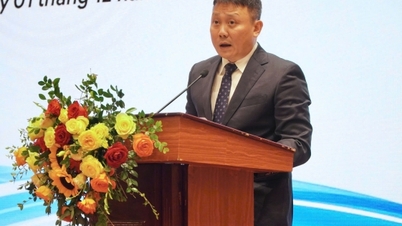
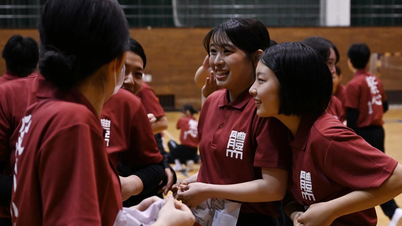






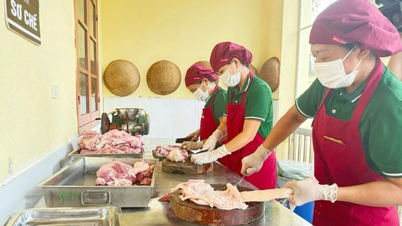




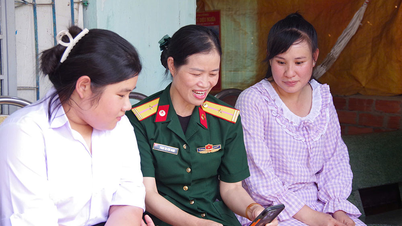



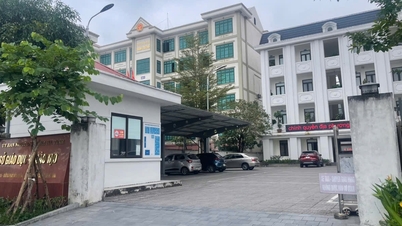




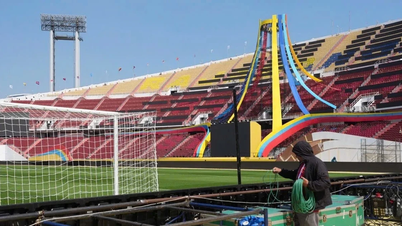

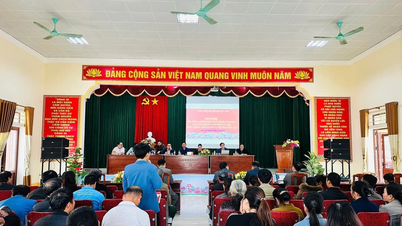





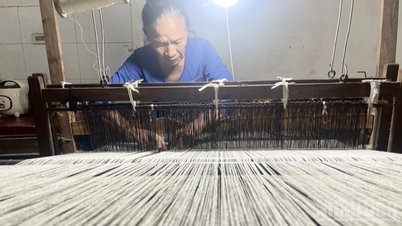
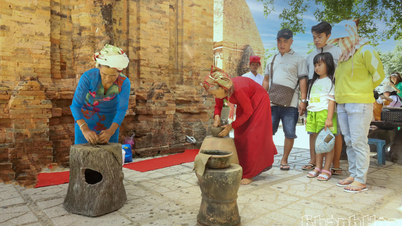

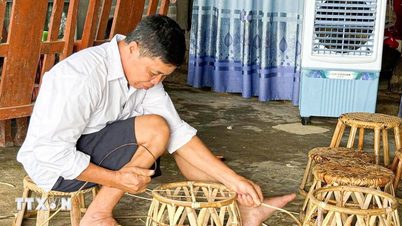

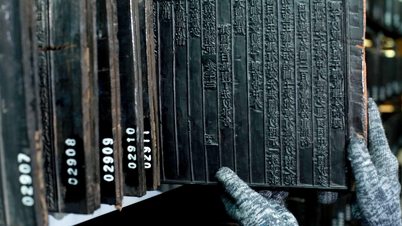







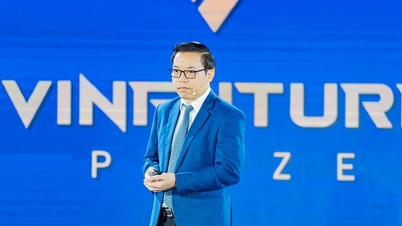

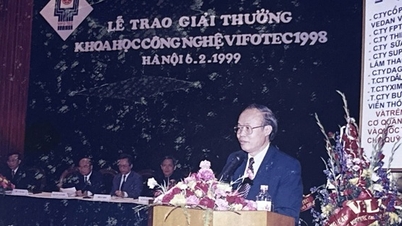

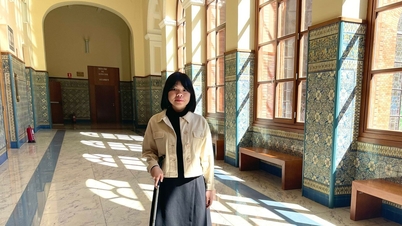




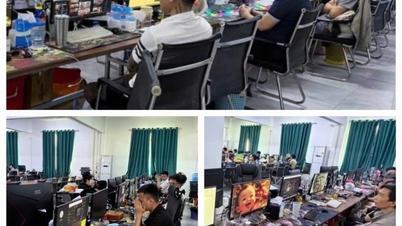















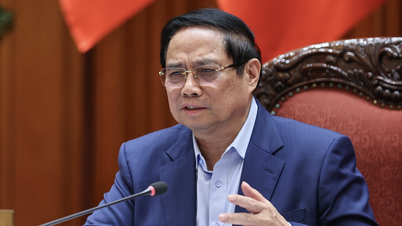

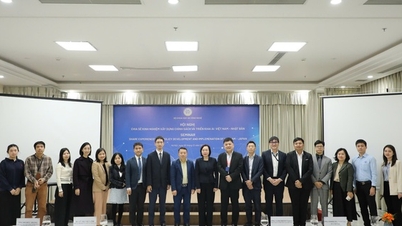




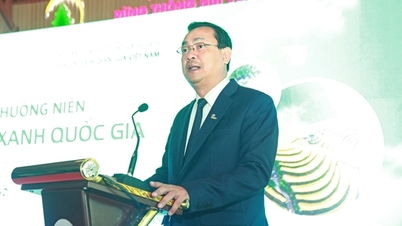
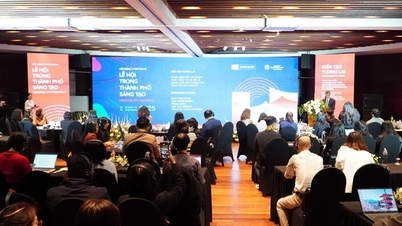



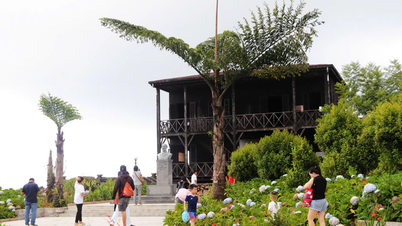
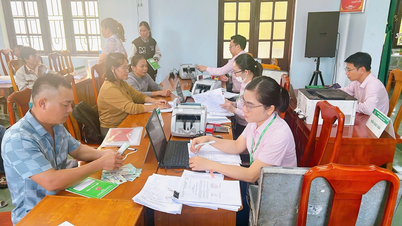

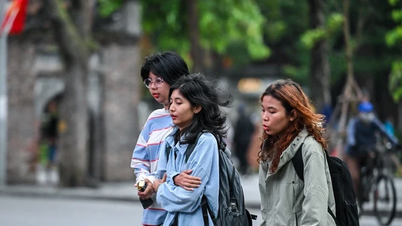
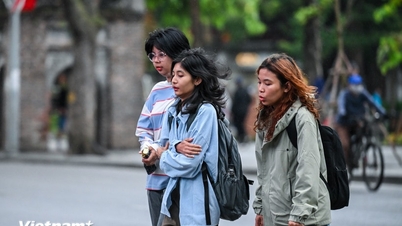

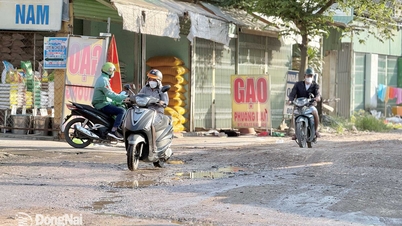

















Comment (0)